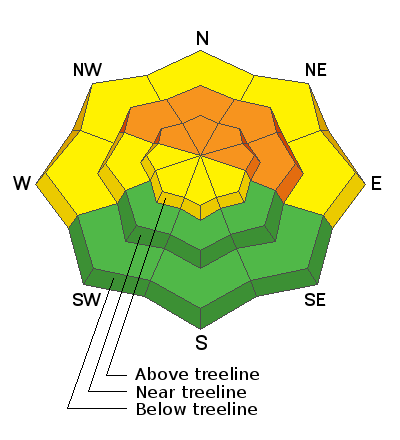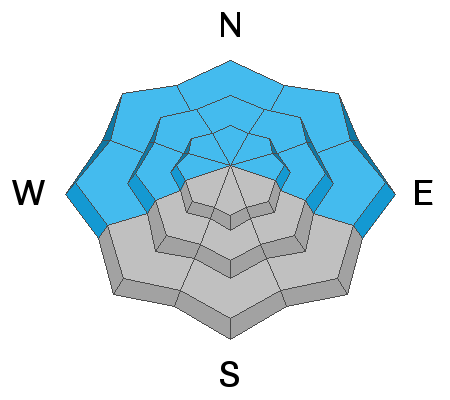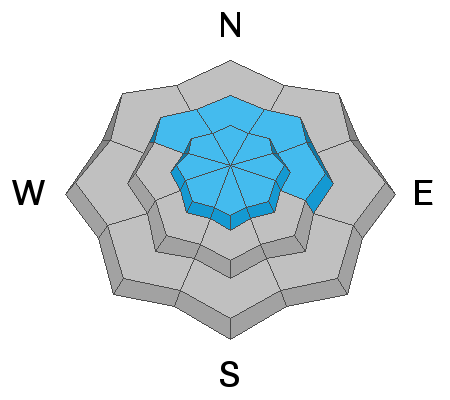Forecast for the Abajos Area Mountains

Issued by Eric Trenbeath on
Friday morning, March 11, 2022
Friday morning, March 11, 2022
The avalanche danger remains CONSIDERABLE on slopes facing NW-N-NE-E at and above treeline. Human triggered avalanches are likely failing on a buried persistent weak layer 2-3 feet below the surface. This weak layer can also be found on slopes facing W, but sun and warm temperature last week have made avalanches on this weak layer less likely. A MODERATE avalanche danger exists on West facing slopes.
You will find a MODERATE danger for triggering an avalanche in wind drifted snow on all aspects above treeline.
South facing terrain at and below treeline offers a LOW danger.

Low
Moderate
Considerable
High
Extreme
Learn how to read the forecast here








